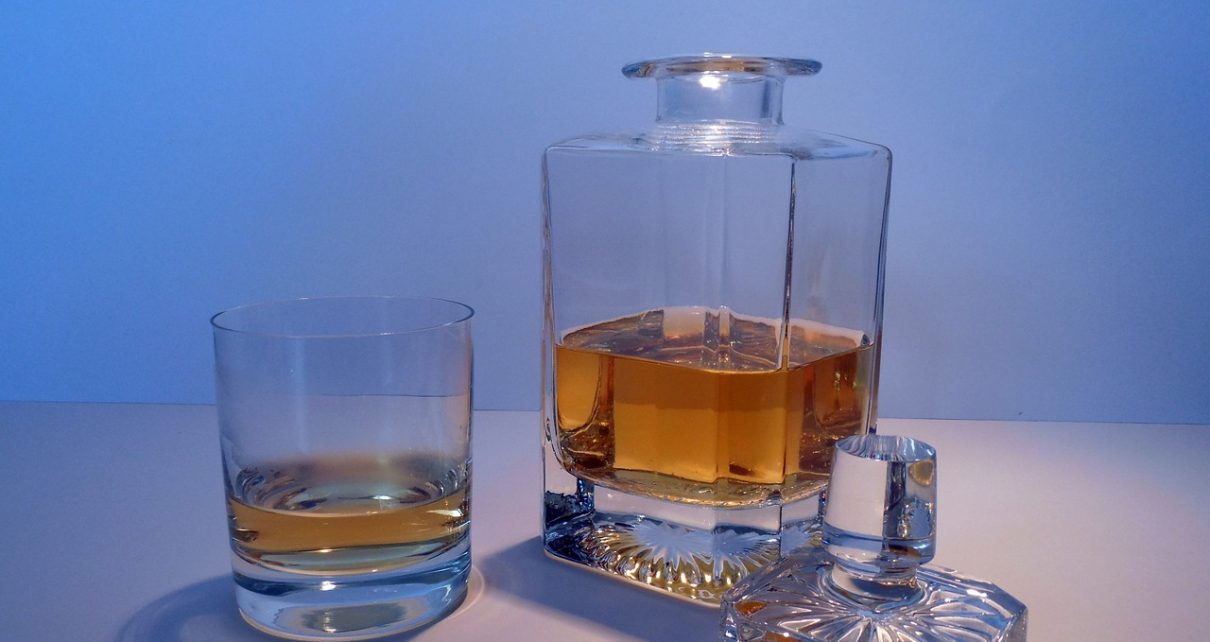The ready-to-drink category has emerged as the unlikely hero of the drinks world. Whisky – particularly Scotch – has been slow to capitalise on the trend, but a wealth of planned NPD could offer a lifeline for a segment that has famously struggled to connect with a younger audience. Category commentator Amy Hopkins investigates.
Crop tops, butterfly hairclips and dungarees are among the 1990s fashion trends that have made a baffling comeback in recent years. In the drinks industry, a similar revival has taken place: Like the proverbial phoenix, RTDs have risen from the ashes of ’90s pop culture, taking on a new, more sophisticated, form.
Once dominated by the likes of outrageously-coloured, highly-sugared offerings such as WKD, Reef and Hooch, the RTD category today is much more diverse. It has been propelled by consumers’ demand for convenience, as well as their interest in cocktails and flavour innovation. The segment has also managed to slot nicely into the health & wellness movement, with its host of low-calorie, low-alcohol iterations.
Of course, RTDs have benefited from the soaring popularity of hard seltzers, which Nielsen recently called the “most resilient segment in the entire alcoholic beverage industry”. Hard seltzers in the US have remained strong throughout the coronavirus pandemic; during the 15-week period to 13 June, off-premise sales quadrupled on a year-over-year basis – an increase of US$900m.
The broader category is swelling with new players as both standalone brands and line extensions hit the market. Established gin and vodka brands have launched an abundance of canned and bottled pre-mixed line extensions. However, RTD activity in dark spirits, particularly whisky, has remained limited.
There are a few big players in the space. Jack Daniel’s RTDs continue to outperform the family of brands, posting organic growth of 7% in Brown-Forman‘s fiscal-2020. In 2015, Beam Suntory successfully launched Jim Beam Citrus Highball in Japan, although the product has since remained largely confined to the Australasian market.
In a recent interview with just-drinks, CEO Albert Baladi said Beam Suntory will ramp up innovation in RTDs, targeting the US as a new priority market. Meanwhile, Diageo CEO Ivan Menezes told just-drinks that his firm is looking to enhance its whisky RTD portfolio following the launch of two canned Haig Club Clubman expressions.
What has taken the whisky category so long to wake up to the benefits of RTDs?
Some distillers have played in the category for some time, but have limited their focus to a select number of strong RTD markets – principally, Australia and Japan. Speaking at a media briefing earlier this year, Pernod Ricard CEO Alex Ricard said his group’s decision to launch any RTD “depends on the consumer dynamics in the market”. The pandemic’s widespread effect on consumer behaviour could, therefore, mean RTDs are now more suited to a greater number of markets.
Ricard also argued that some RTD propositions are “not extremely attractive” in terms of “profitability”, which could be why dark spirits have lagged behind white spirits in the space. Clearly, it would not make good business sense to launch a 25-year-old single malt RTD, and brand owners will need to carefully consider which of their lines are ripe for disruption.
If approached thoughtfully, RTDs offer a strong opportunity for whisky brands to connect with new audiences. Crucially, they can recruit drinkers into the category and act as the first rung on the ladder. This approach could be particularly useful for a category such as Scotch, which has long struggled to secure Millennial mindshare.
Furthermore, in this age of innovation, RTDs allow whisky brands to experiment with flavours without compromising the position of their core variants. They could also demystify whisky-based cocktails for consumers, particularly as the return to the on-premise remains slow. “What is working well, particularly in a lockdown situation, is canned cocktails,” Albert Baladi told just-drinks last month. “This is really a sector that is developing and it’s a premium part of the ready-to-drink market.”
The premiumisation and diversification of hard seltzers presents another opportunity for whisky-based RTDs. While most hard seltzers use an alcoholic malt base, more spirits-based products are hitting the market. The hard seltzer category is new and malleable: Virtually any alcoholic beverage can – and does – get in on the action. In terms of whisk(e)y, Jack Daniel’s was a first mover in this space, launching a hard seltzer earlier this summer.
According to Neilsen, hard seltzer has eaten into the market share of both wine and beer: Spirits’ share has remained largely intact. Logic would suggest, then, that more innovation in this space would not result in a cannibalisation for spirits. “No matter the branding strategy, the phenomenal growth of hard seltzers affords opportunities not to be missed,” says the analyst.
As with any buoyant category, shelf space is hard to come by in RTDs, so any new proposition needs to have a clear USP. Not all whisky brands will benefit from RTDs, and those that do move into the space will need to approach it as an entirely new category, not merely an extension of their existing brand.










